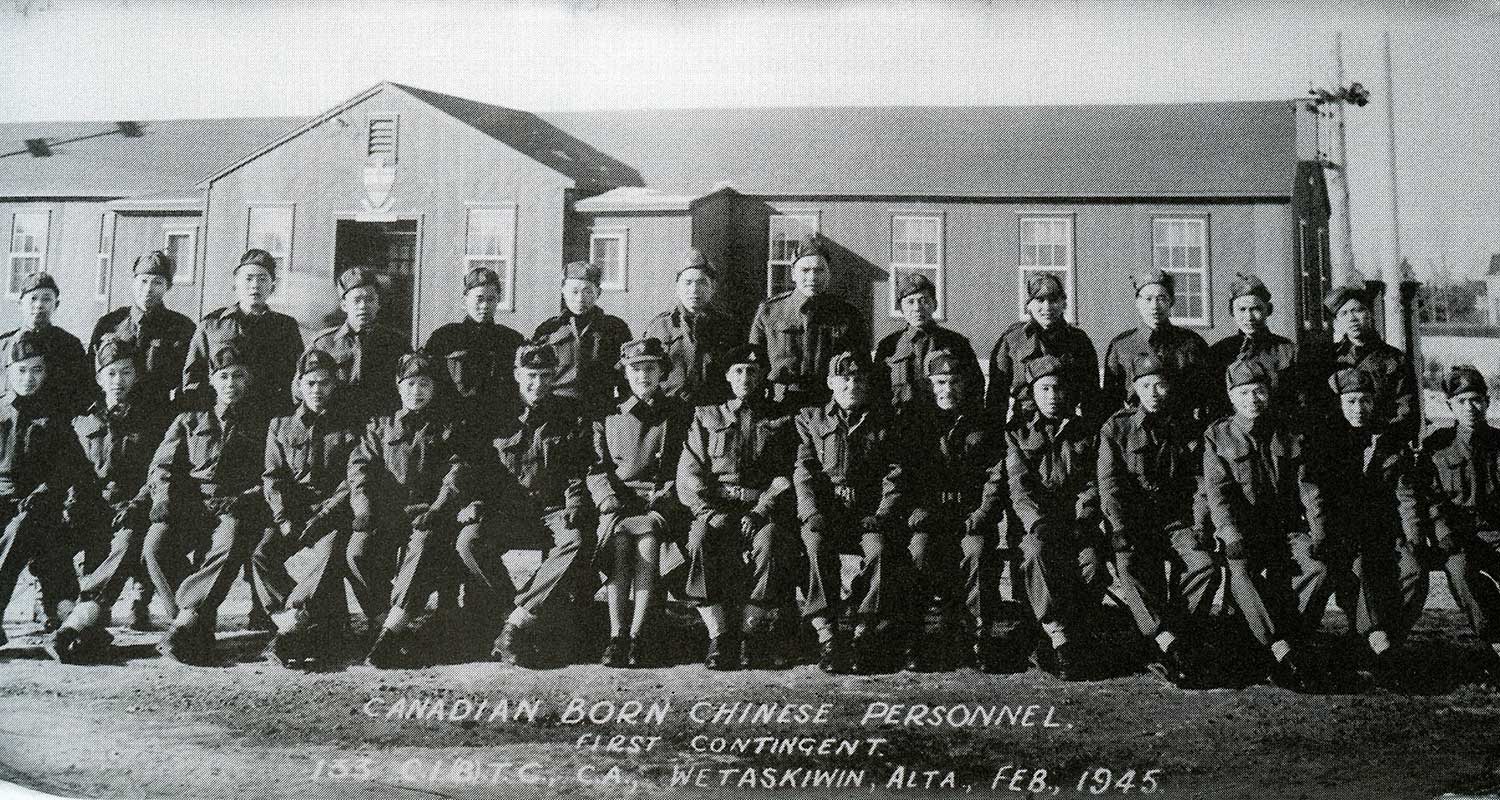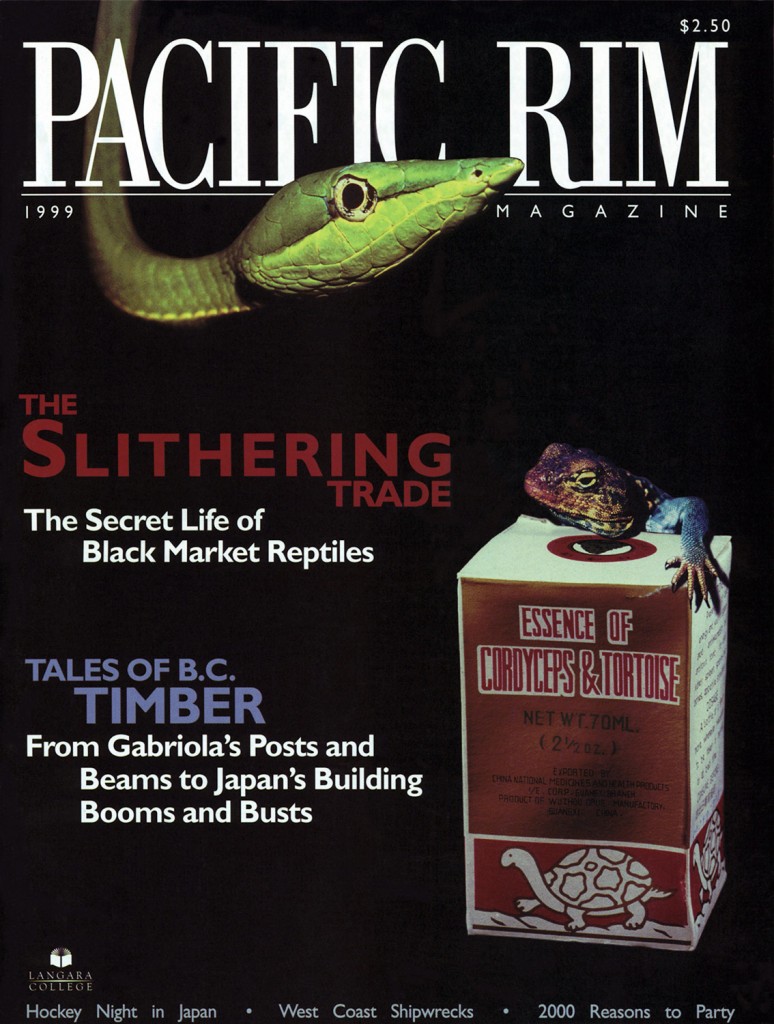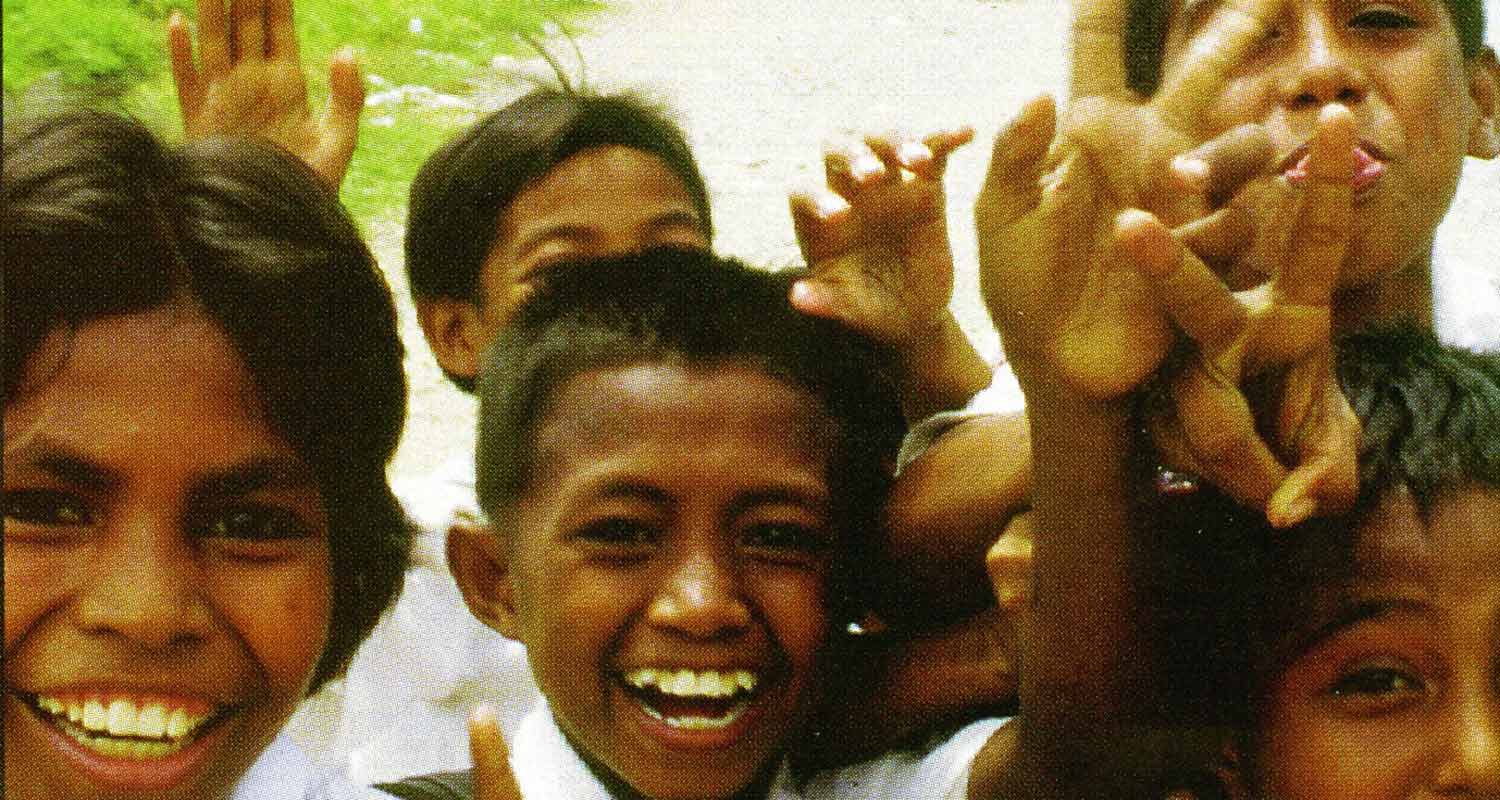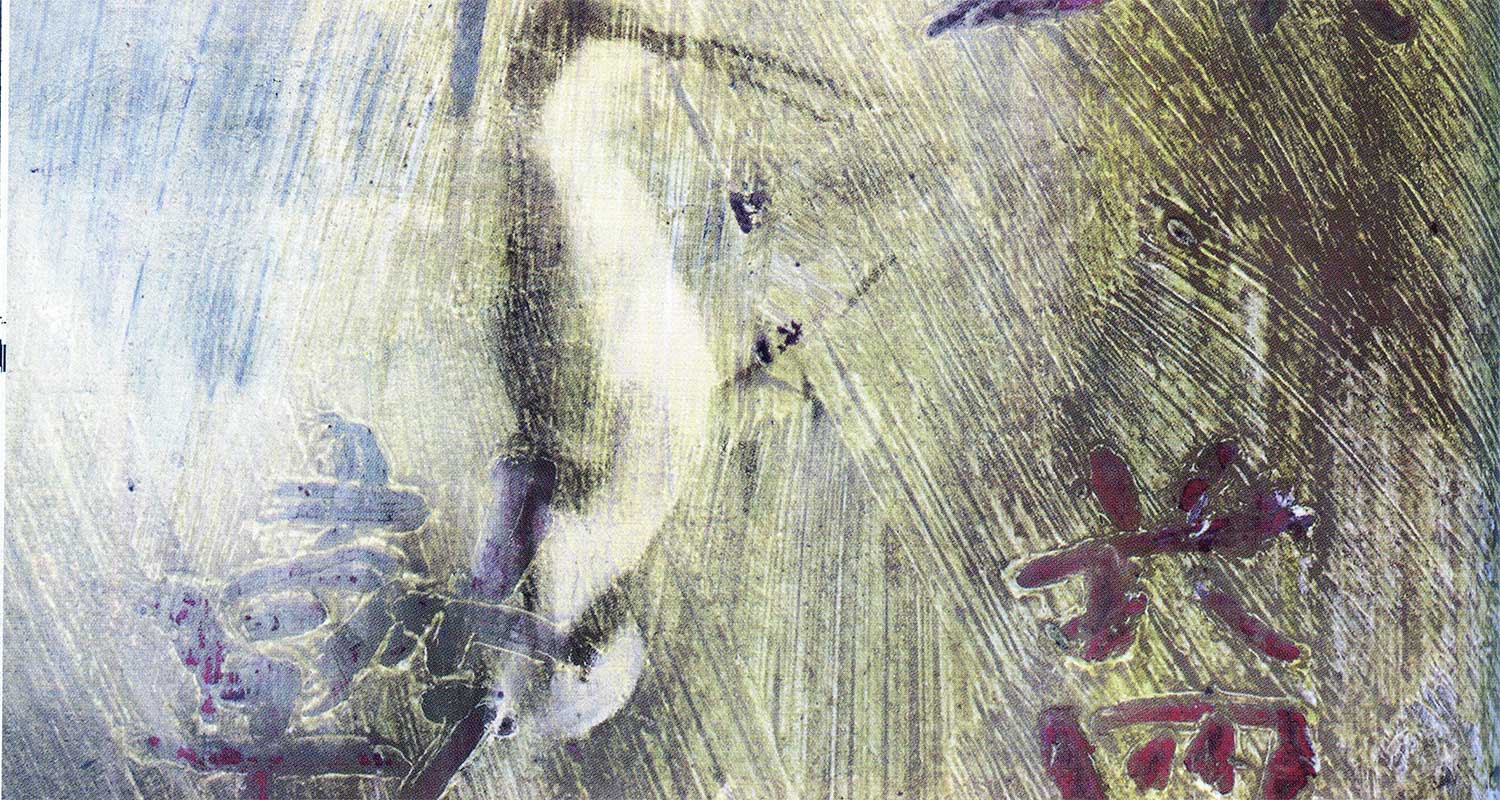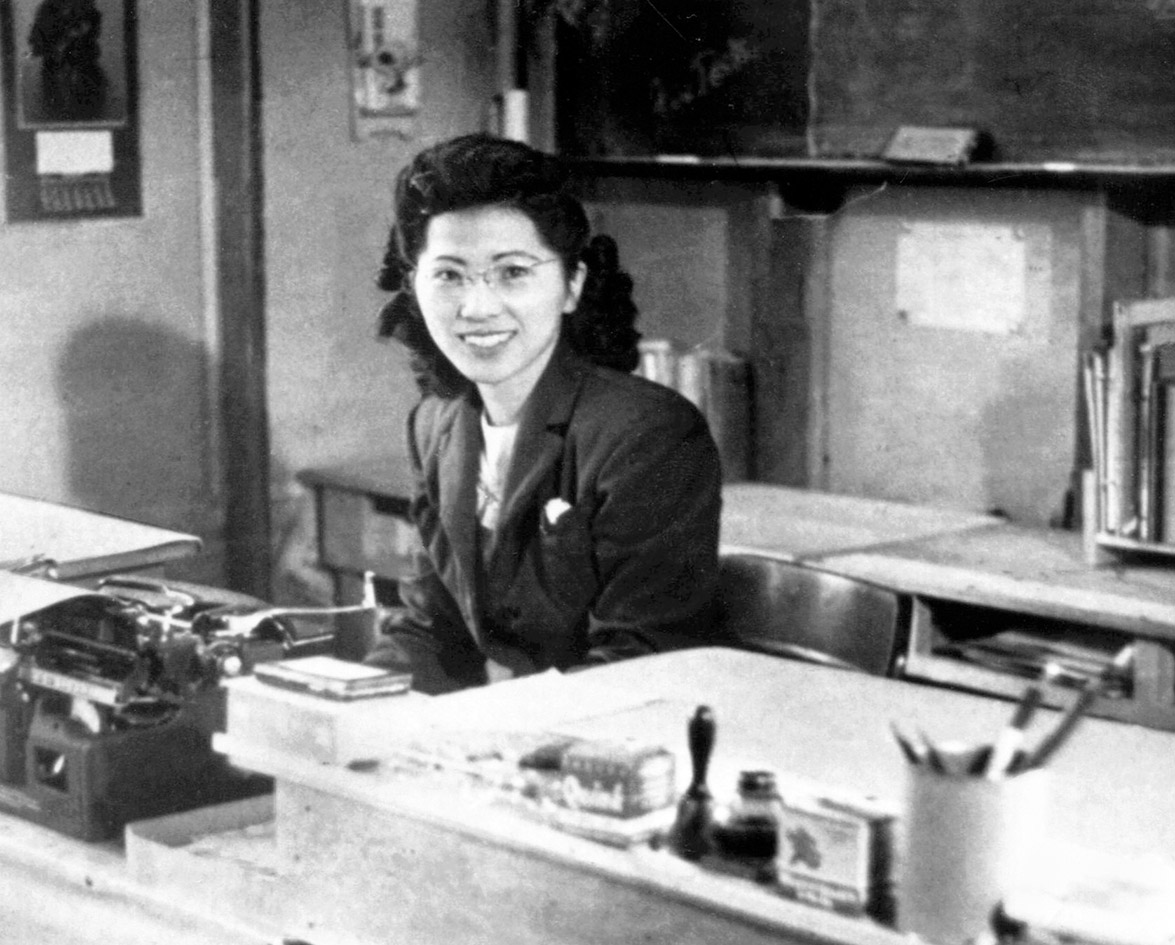On Nov. 7, 1998, the Chinese Canadian Military Museum held its opening ceremony. Two hundred people of all nationalities gathered to commemorate the museum’s inauguration, and honour the Chinese Canadian men and women who served in Canada’s armed forces. Located in Chinatown’s Chinese Cultural Centre, the new exhibit is the first of its kind in Canada. The new museum, its daily operation and its annual displays are under the administration of Saintfield Wong, director of the already-existing Museum and Archives at the Chinese Cultural Centre. The construction of the exhibit itself enlisted David Cunningham of the Museum of Anthropology at the University of British Columbia. For the most part, however, the military museum is the project of Chinese Canadian veterans – the members of Pacific Unit 280 in particular.
How It Started
Howe Lee, president of the new military museum, retired from the Army in 1987, and is one of the members of Pacific Unit 280. “We first talked about it three years ago,” says Lee. “There was some resistance and difficulty in pulling the unit together after 50 years apart. It was not until the New Year that a few of us got together to discuss the beginnings of a military museum specifically for Chinese Canadians. We wanted to start this project in order to educate future generations, and to remember those who made a contribution to Canadian history.” The Military Museum Society’s motto is “Loyal to Country.” “In war we all served together, so shoulder to shoulder we’ll work on this project,” says Bing Wong, a fellow member of Pacific Unit 280, and a prime mover in organizing and promoting the military museum.
Pacific Unit 280 was initiated in 1947, when Chinese veterans from Vancouver returned from World War II and wished to stay affiliated. Two national veterans groups exist in Canada: the Royal Canadian Legion and the Army, Navy and Air Force Veterans of Canada. About 70 men applied to the Royal Canadian Legion for a branch, but were rejected. Some veterans felt the rejection had a lot to do with the discrimination many non-Caucasians received at the time. The men then applied to the Army, Navy and Air Force Veterans of Canada and were given the charter to form a unit, known today as Pacific Unit 280.
It’s Not Only About The Chinese Canadian Military
The military museum represents another branch in the history of Chinese Canadians – a history with roots that reach back into the mid-1800s. Chinese immigration to Vancouver started during the late 1850s, when many young, single men came from China to join the gold rush along the Fraser River. The B.C. government discouraged the immigrants from the outset, and in 1872 the British Columbia Qualification of Voters Act was passed, disqualifying Chinese and other minorities from voting. Regardless, the next wave of immigration came in the 1880s, during the construction of the Canadian Pacific Railway. At this time Vancouver became home to many Chinese residents, and Chinatown began to establish itself. Upon completion of the Canadian Pacific Railway in 1885, however, anti-Chinese sentiment surged, leading to the federal government-levied head tax of $50 that same year. By 1903 the head tax had been raised to $500.
B.C.’s policy of racism continued well into this century. Even in the early 1940s, and several years into the Second World War, the armed forces rejected Chinese men as volunteers. Yet at the time, progressive Chinese community groups encouraged the men to continue volunteering, hoping that persistence might change discriminatory policies. Chinatown community leaders like Roy Mah, founding publisher of the Chinatown News, argued that if Chinese men fought for Canada, upon their return they could demand citizenship and the right to vote. There was reason to believe this would work; two decades earlier, after World War I, a dozen Chinese Canadian veterans had won the vote.
Canadian reluctance to accept Chinese Canadian volunteers eventually succumbed under pressure from England, and a need for troops finally led to the active recruitment of Chinese Canadians. Eastern Canada became the first to enlist new minority recruits, with the western provinces being the last to respond. Within the armed forces, acceptance of the Asian soldiers also went by degrees. The Air Force was the first to open up recruitment to Chinese Canadians, followed by the Navy and finally the Army.
The Chinese Canadian Troops Proved To Be A Vital Force For The Allies
However, as the museum’s displays show, Chinese Canadian troops, once admitted, fulfilled a vital purpose for the Allies. One group became part of a suicide mission, code-named Operation Oblivion. Twelve Chinese Canadians and one British officer were trained in the Okanagan’s Goose Bay and later in Australia for the secret military operation. They parachuted into Southeast Asia behind enemy lines with little hope for survival. To everyone’s surprise, all of the men returned. Four were awarded medals. Later missions included larger numbers of Chinese Canadians. Over 250 Chinese Canadians joined Japanese Canadian and French Canadian personnel to become Force 136, Special Operation Executive (SOE), a group of secret agents for military intelligence working in India.
The Chinese Canadian Military Museum features only a few of the extraordinary stories Chinese Canadian servicemen have to tell about their experiences during the war. Some accounts, like that of Sergeant Roy Chan, are decidedly exotic. A Chinese Canadian from Victoria, Chan was sent to Borneo where he lived with native headhunters and learned how to use deadly blowpipes to fight off the attacking Japanese. He became one of Operation Oblivion’s decorated commandos.
Altogether, over 600 Chinese Canadians served in the Army, Navy and Air Force during World War II. The role these veterans had in improving the status of B.C.’s Chinese Canadian community is a prominent one. Once the war was over, they formed groups to lobby Ottawa to recognize their status as legitimate Canadian citizens. In 1945, Chinese Canadian veterans were granted the vote, but it took another four years before British Columbia conceded and gave all Chinese Canadians the right to vote.
The Chinese Canadian Military Museum is the newest in a handful of tributes that honour B.C.’s Chinese Canadian veterans and the sacrifices they made, and Lee has been on board for several of them. Before his role as the museum society’s president he was an important influence in the 1988 renaming of Goose Bay to Commando Bay in memory of the troops of Operation Oblivion.
The Chinese Canadian Military Museum exhibit has been donated by the veterans and their families, and new pieces are displayed annually. Housed in the Chinese Cultural Centre, the military museum is located in Vancouver’s Chinatown at 555 Columbia St.





